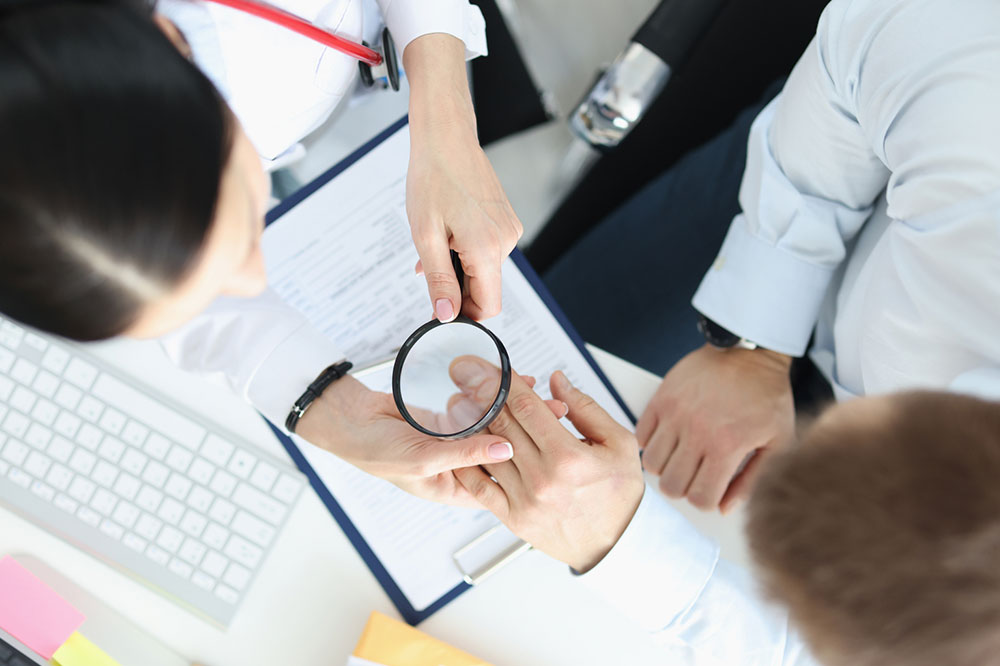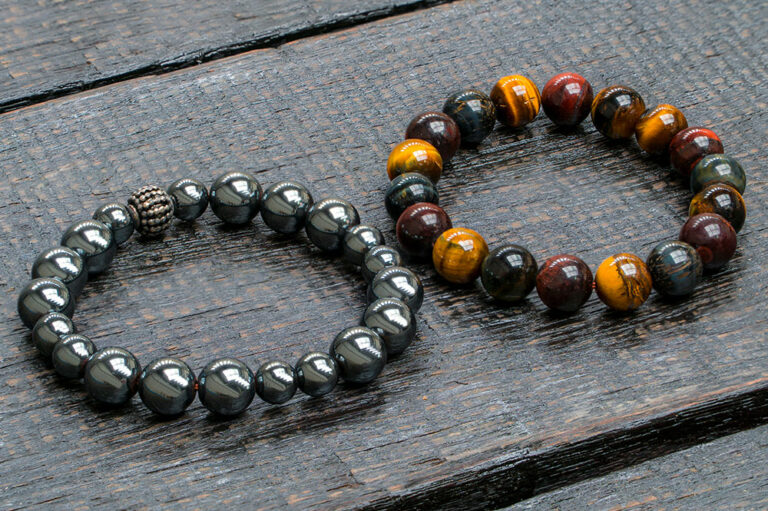7 warning signs of eczema to be aware of

Eczema is a skin condition that weakens the skin’s barrier function, which may cause it to become dry, itchy, and bumpy. There are several types of eczema based on the skin functioning it affects. These are atopic dermatitis, contact dermatitis, dyshidrotic eczema, neurodermatitis, nummular eczema, and seborrheic dermatitis. It can affect people at any age, but symptoms generally appear during childhood. It is important to know its warning signs to recognize eczema.
Itchy skin
Feeling itchy is one of the most common signs of an eczema flare. Generally, the symptom precedes the redness and may be mild or severe. This occurs because, during a flare, there is an increase in inflammation, which also increases the blood flow, generating an itchy sensation.
Dry skin
People with atopic eczema often have dehydrated skin because their skin cannot retain any moisture. This can exacerbate during a flare, causing painful cracks or even bleeding in some cases.
Rashes
Rashes are also a common symptom for most people with eczema. They occur as a result of inflammation during a flare and are generally accompanied by itchy and dry skin. They occur in response to a trigger, which can vary from person to person. The most common triggers include irritants such as soaps and detergents, environmental factors and allergens such as cold weather, dust mites, pet fur, pollen, or mold, food allergies, sensitivity to certain materials such as wool or synthetic fabrics, hormonal changes, and skin infections.
Bumps on the skin
The emergence of small spots or bumps on the skin is one of the earliest warning signs of nummular or discoid eczema. These bumps may quickly join together to form larger patches that may appear red or pink. This type of eczema can affect any part of the body, but it usually does not affect the face and the scalp.
Thick, leathery patches
Thick, leathery patches appear as a result of constant itching. This is a common symptom for people with neurodermatitis. Itchy spots generally develop on the neck, wrists, forearms, legs, or groin area. One may also experience open sores that bleed, discolored, wrinkled genital skin, or raised, rough patches of inflamed skin, as a result of neurodermatitis.
Flaky, scaly, or crusty skin
Those with seborrheic dermatitis experience scaly, oily patches of skin that may look like dandruff flakes. These patches generally appear around the hairline, scalp, upper back, nose, and groin. This form of eczema occurs as a combination of genetic and environmental factors.
Swelling
Swelling is one of the most common symptoms of stasis dermatitis, which occurs when fluid leaks from weakened veins onto the skin. People with stasis dermatitis are most likely to experience swelling in the lower part of their legs, especially during the day. They are also likely to develop varicose veins and open sores on their lower legs and the tops of their feet. Other symptoms of this condition also include redness, itching, and pain.
Eczema is not contagious and looks different for each person. Treatment for this condition is generally focused on symptom management by avoiding triggers and using therapies like skin-friendly moisturizers, topical ointments, and light remedies.



